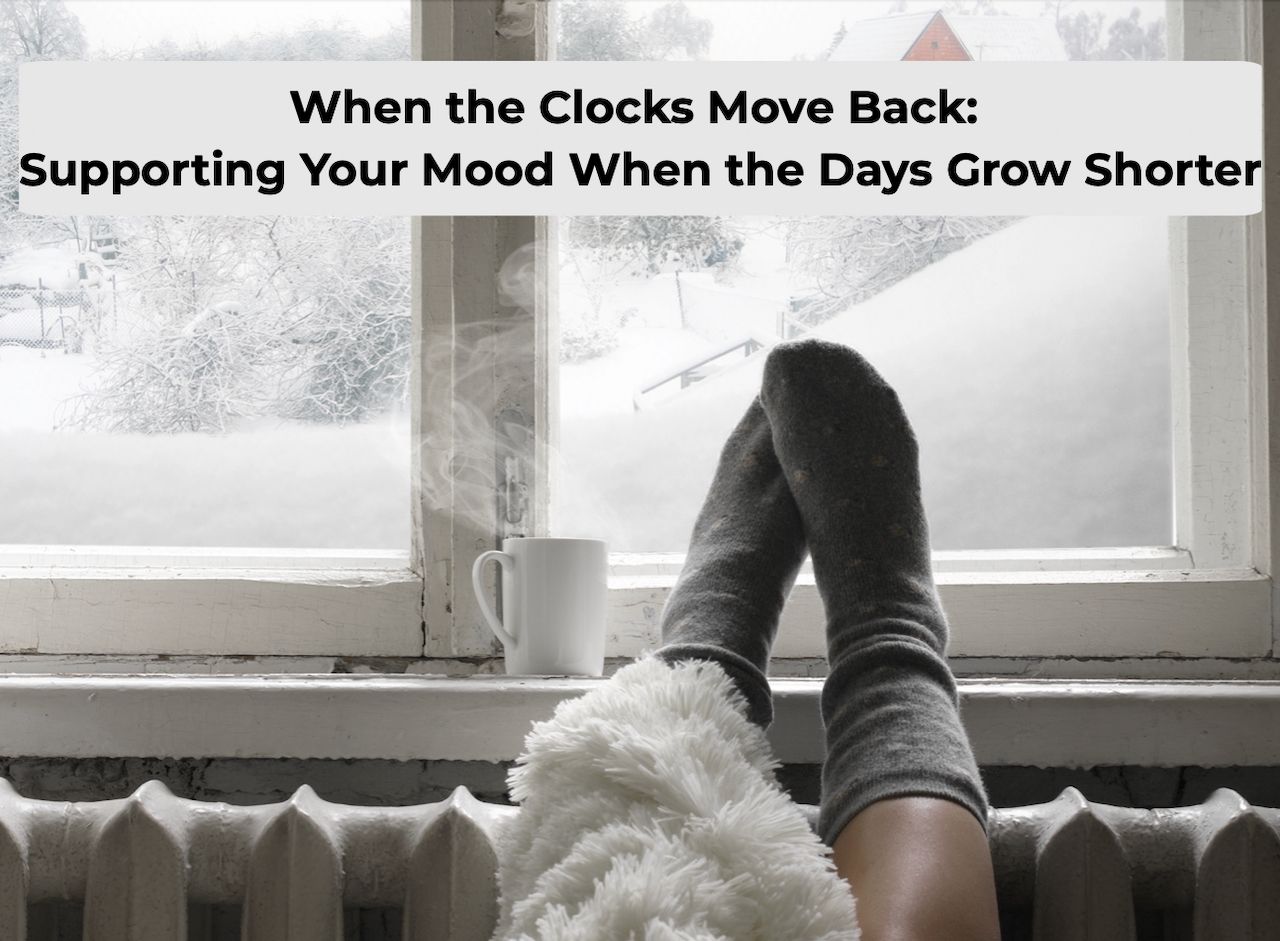When Your To-Do List Sets You Up to Fail
You sit down at your desk, feeling “responsible.” You’ve made a good list. Maybe you even
wrote it out the night before, thinking you’d be extra prepared.
And yet by the end of the day?
- Half of it remains untouched.
- You’ve been busy all day but feel like you’ve done “nothing.”
- Or worse, you look at the list and feel like you’ve failed—again.
It’s demoralizing. And it’s familiar.
Here’s the truth: writing everything down doesn’t make it magically happen. And often, it’s not
that you’re failing the list — it’s that the list is failing you. Many of us overload daily lists until
they’re too full to function.
When I step back and look closely, I can see that certain traps are baked into the way many of
us build and use our to-do lists. Let’s take a look at a few of the most common—and what you
could try instead.
Trap 1: Time Distortion
Why it happens : For ADHD brains (and honestly, most human brains), tasks feel “flat.” It’s hard to gauge how long something will take, so a quick email reply and a multi-hour report land on the list with the same weight.
For example, you might tell yourself, “I’ll just write that email real quick .” But it turns out to be a 30-minute rabbit hole with attachments, scheduling, and three follow-ups.
Without time-awareness, the day disappears into miscalculations.
The fix : Start tracking time—without judgment. Instead, bring curiosity to it. Set a timer when
you begin a task and check in when you finish. Over time, you’ll gather real data about how long
things actually take, which makes planning more realistic.
Trap 2: Daily Lists That Are Too Full to Function
Why it happens : Your daily list has everything—urgent calls, errands, work projects, “someday soon” goals, even ideas for next week.
Suddenly, today’s list looks like:
- Pick up prescriptions
- Redesign website
- Call insurance company
- Start book proposal
Without a filter, the mix guarantees overload—and sets you up to feel behind before you even
start. You can’t win.
The fix : Separate your lists into two:
- Must Do (today only) → time-sensitive, client-facing, or essential.
- Later (important, but can wait) → everything else.
Now your list isn’t a catalog of shame—it’s a tool for discernment. At the end of the day,
success = finishing your Must Do’s. Anything else is a bonus.
Related Resource : If your to-do list traps often leave you drained, you might also be running
into decision fatigue . When your brain gets overloaded, even small choices feel exhausting.
Check out my post on Decision Fatigue First Aid for 4 quick resets you can use anytime your
mental battery hits empty.
Trap 3: Task Size Confusion
Why it happens : One-step tasks (“text my friend back”) sit right next to multi-step projects
(“organize my office”). Both get the same check-box, which makes them look equally doable—even when they’re not.
The fix : Label tasks as S/M/L :
- S (small) = under 5 min, one step
- M (medium) = 15–30 min, some setup
- L (large) = 60+ min, multi-step or high energy cost
This lets you visually see your day and adds balance if, for example, you aim for one L, a couple
M’s, and a handful of S’s.
Trap 4: Your Inner Critic List
Why it happens : The loudest trap isn’t the tasks — it’s the voice that uses unfinished ones as
“proof” you’re failing. Even if you complete eight things, it zeroes in on the two you didn’t: See?
You never finish anything.
The way the list is made sets you up to fail. When your list is impossible by design, your inner
critic always wins. And over time, it corrodes your sense of self trust.
The fix : Redefine success. A “done” day = finishing your Must Do’s. Everything else is a
bonus, not failure. Over time, following through on realistic goals rebuilds the most important
thing: your trust in yourself.
That’s gold.
Trap 5: Scattered Attention
Why it happens : When your to-do list mixes everything together—emails, planning, errands,
deep thinking—you end up bouncing from one kind of task to another. Research shows
task-shifting comes with a high cognitive cost: you lose time, focus, and energy with every
switch. Studies show task-switching can cost up to 40% of one’s productive time. Each time you
switch gears, your brain has to reboot. Do that all day, and even simple tasks can start to feel
exhausting.
The fix : Batch your work. Instead of sprinkling tasks everywhere, group them by “kind of brain”:
- Admin batch (the little things that pile up): paying bills, booking appointments, quick replies
- Creative batch (generative tasks): writing, cooking/meal prep, planning a trip
- Deep work batch (focus-heavy projects that collapse under distraction): studying, drafting a proposal, organizing a big project
Batching reduces the cost of task-switching and helps your brain stay in the right mode long
enough to more efficiently finish things.
Bonus: Use a timer. Set it as you start a batch. Use the time limit to create a sense of
urgency—almost like gamifying focus—which can help break through inertia and make progress
feel tangible.
A Gentle Practice to Try Tomorrow
Write down only three “must do” tasks for the day.
Label them S/M/L.
Put everything else on a Later list.
At the end of the day, ask yourself: “Did I finish my must-do’s?”
Not: “Did I finish everything?”
Because the point isn’t to be perfect. It’s to create a system that works with your brain, not
against it.
Final Thought
A list should serve you—not shame you. When you catch yourself stalling or feeling like you’ve
failed, it’s not proof you’re broken. It’s a sign your system has hidden traps.
When you batch, size, triage, and reframe, you’re not just managing tasks. Redesigning your list
is also about reclaiming trust in yourself.
Because you’re not failing. The system is. And the system? That, you can change.
Want support?
If you’re noticing emotional overload, confusion, or relational stress on a daily basis,
you're not alone. Whether through therapy or coaching, I help clients untangle these dynamics, reconnect with themselves, and move forward with clarity and self-trust.
Explore my
free resource library or
get in touch if you're ready to start untangling the overwhelm.

















